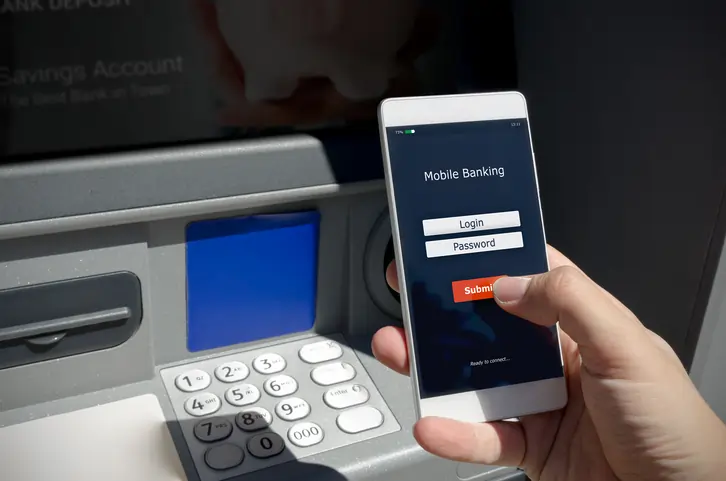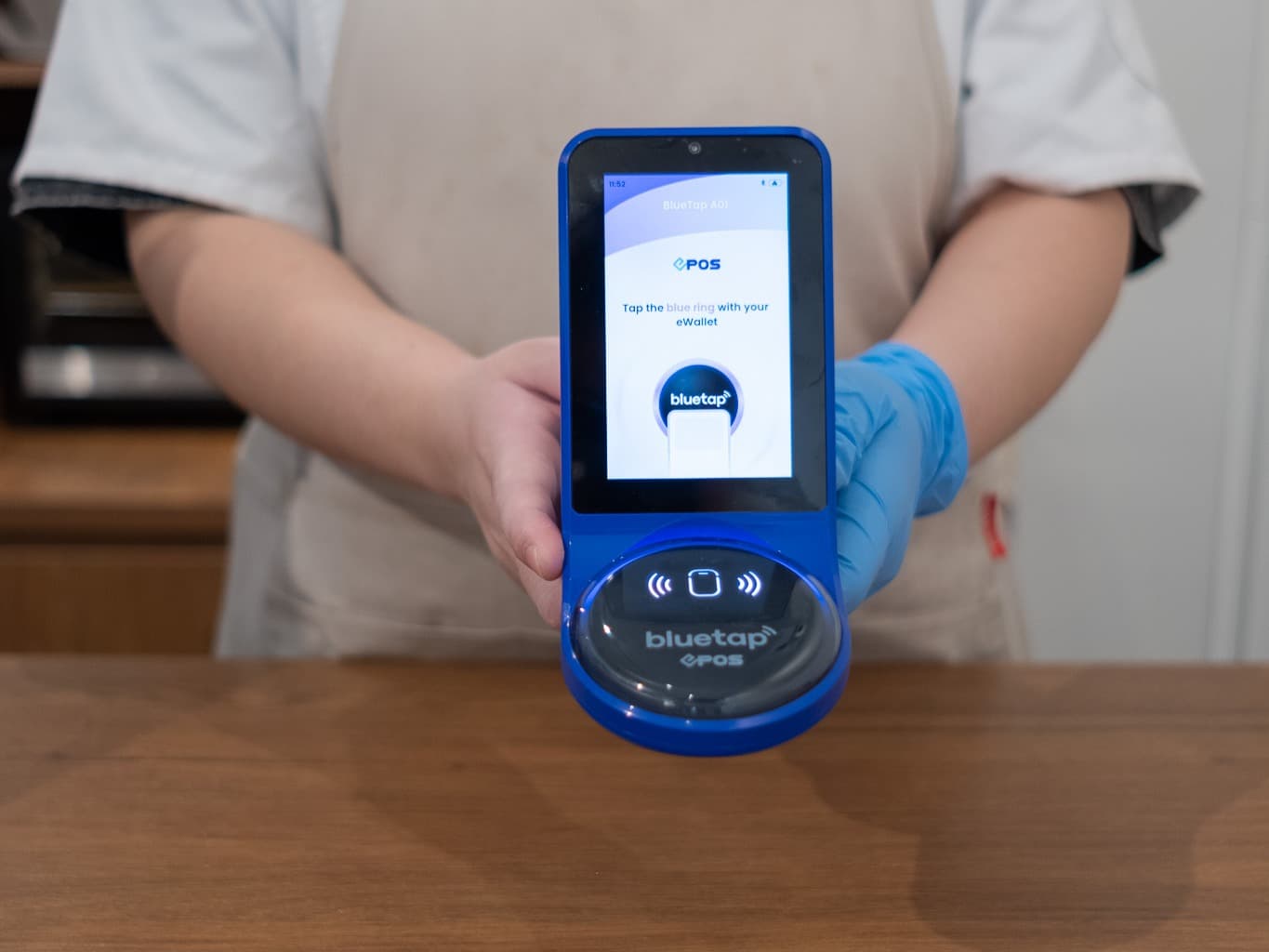
The Rise of Mobile-First Banking Services and Its Implications for Consumers
Introduction:
The banking industry has seen a significant shift towards mobile-first services in recent years. With the increasing use of smartphones and the internet, consumers are now able to access their banking services anytime, anywhere, using mobile apps. This shift has had profound implications for consumers, offering them greater convenience, accessibility, and control over their finances. In this article, we will explore the rise of mobile-first banking services and its implications for consumers.
- Mobile-First Banking Services
Mobile-first banking services refer to banking services that are designed primarily for mobile devices. These services allow consumers to perform a wide range of banking activities, such as checking their account balances, transferring money, paying bills, and even applying for loans, all from their smartphones or tablets. The rise of mobile-first banking services has been driven by the increasing use of smartphones and the internet, as well as advancements in mobile technology.
- Convenience and Accessibility
One of the key benefits of mobile-first banking services is the convenience and accessibility they offer to consumers. With mobile banking apps, consumers can access their accounts and perform banking activities anytime, anywhere, without having to visit a physical bank branch. This level of convenience has made it easier for consumers to manage their finances and has reduced the need for physical bank visits.
- Personalization and Customization
Another benefit of mobile-first banking services is the level of personalization and customization they offer to consumers. Mobile banking apps can be customized to suit the individual preferences and needs of each consumer, offering a more personalized banking experience. For example, consumers can choose to receive notifications about their account activity, set up automatic payments, and even customize the layout of the app to suit their preferences.
- Enhanced Security Features
Mobile-first banking services also come with enhanced security features to protect consumers’ financial information. These features may include biometric authentication, such as fingerprint or facial recognition, as well as encryption technology to secure data transmitted between the app and the bank’s servers. These security features help to protect consumers’ accounts from unauthorized access and fraud.
- Financial Education and Insights
Many mobile-first banking apps also offer financial education and insights to help consumers manage their finances more effectively. These apps may provide tips and advice on budgeting, saving, and investing, as well as insights into spending habits and trends. This information can help consumers make more informed financial decisions and improve their financial health.
- The Future of Mobile-First Banking Services
Looking ahead, the future of mobile-first banking services is likely to be even more innovative and customer-centric. Advances in technology, such as artificial intelligence and machine learning, are likely to further enhance the capabilities of mobile banking apps, offering consumers even greater convenience, personalization, and security.
Conclusion
In conclusion, the rise of mobile-first banking services has had a profound impact on consumers, offering them greater convenience, accessibility, and control over their finances. With the increasing use of smartphones and the internet, mobile-first banking services are likely to continue to evolve, offering consumers even more innovative and customer-centric banking experiences.


